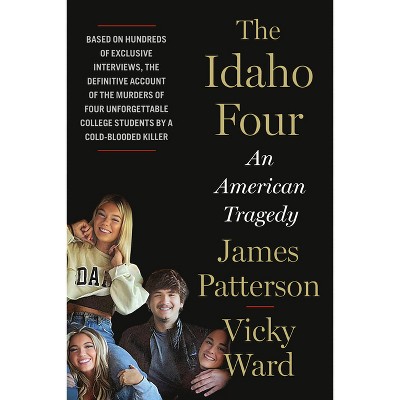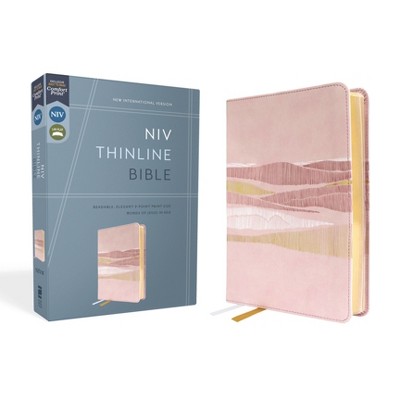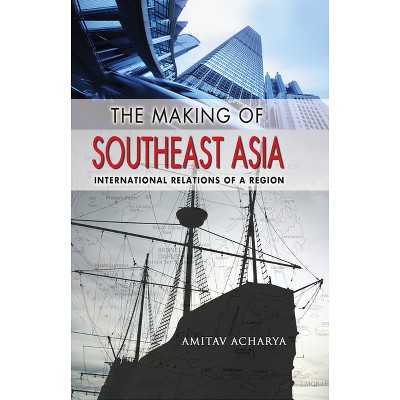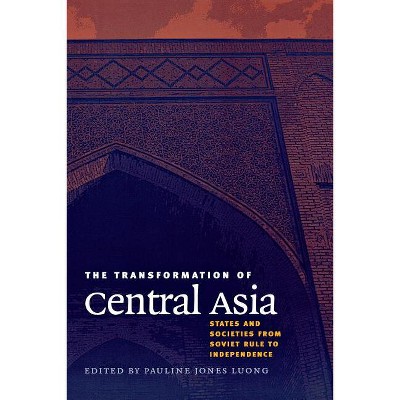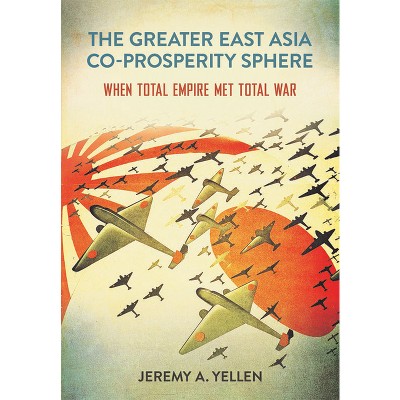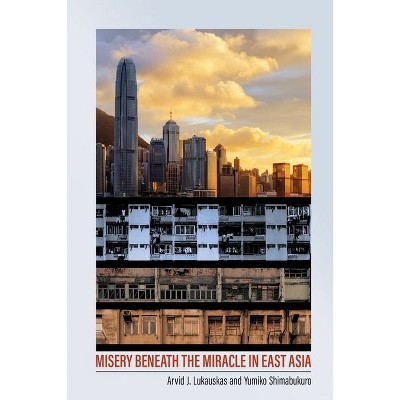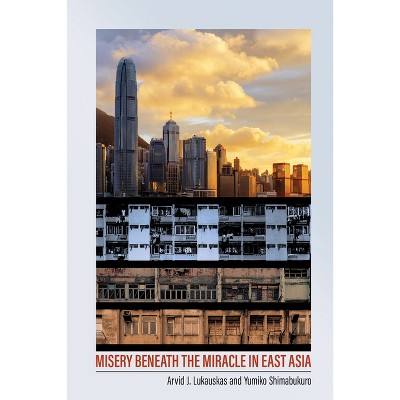Border of Water and Ice - (Environments of East Asia) by Joseph A Seeley

About this item
Highlights
- Border of Water and Ice explores the significance of the Yalu River as a strategic border between Korea and Manchuria (Northeast China) during a period of Japanese imperial expansion into the region.
- About the Author: Joseph A. Seeley is Assistant Professor in the Corcoran Department of History, University of Virginia.
- 216 Pages
- History, Asia
- Series Name: Environments of East Asia
Description
About the Book
"Drawing on sources in Japanese, Korean, Chinese, and English, this book examines how the seasonal freezing, thawing, and flooding of the Yalu River between Korea and Manchuria (northeast China) shaped imperial Japanese border governance and regional expansion ca. 1905-1945"-- Provided by publisher.Book Synopsis
Border of Water and Ice explores the significance of the Yalu River as a strategic border between Korea and Manchuria (Northeast China) during a period of Japanese imperial expansion into the region. The Yalu's seasonal patterns of freezing, thawing, and flooding shaped colonial efforts to control who and what could cross the border. Joseph A. Seeley shows how the unpredictable movements of water, ice, timber-cutters, anti-Japanese guerrillas, smugglers, and other borderland actors also spilled outside the bounds set by Japanese colonizers, even as imperial border-making reinforced Japan's wider political and economic power.
Drawing on archival sources in Japanese, Korean, Chinese, and English, Seeley tells the story of the river and the imperial border haphazardly imposed on its surface from 1905 to 1945 to show how rivers and other nonhuman actors play an active role in border creation and maintenance. Emphasizing the tenuous, environmentally contingent nature of imperial border governance, Border of Water and Ice argues for the importance of understanding history across the different seasons.
Review Quotes
Seeley's work examines a specific period in the Yalu River's history, when the Empire of Japan decided to bend the river to its will and reshape its flow.. . Border of Water and Ice is an innovative and imaginative work.
-- "Studies in Intelligence"About the Author
Joseph A. Seeley is Assistant Professor in the Corcoran Department of History, University of Virginia. He specializes in the histories of Korea, the Japanese Empire, and East Asian environments and borderlands.
Shipping details
Return details
Trending Non-Fiction




